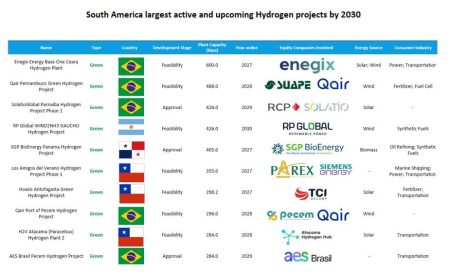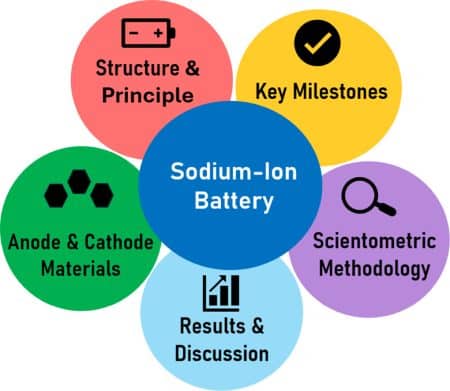MIT engineers are on the verge of a clean energy breakthrough that could revolutionize hydrogen production and help eliminate the dependence on fossil fuels.
Their innovative reactor system, reminiscent of a train, relies solely on solar energy to produce hydrogen through a process known as “solar thermochemical hydrogen” (STCH). This sustainable method harnesses the sun’s heat to split water directly, resulting in a clean, eco-friendly fuel source for long-distance transportation without greenhouse gas emissions.
Hydrogen production has long been entangled with the fossil fuel industry, dampening its green potential. The emergence of STCH presents a promising alternative, powered exclusively by renewable solar energy. However, current STCH designs are inefficient, utilizing only 7% of incoming sunlight, which translates to low yields and high costs. In their quest for solar-based fuels, the MIT engineering team envisions their design capturing a remarkable 40% of solar thermal energy, which would significantly enhance hydrogen output. This heightened efficiency is the key to making STCH a scalable and cost-effective solution for the decarbonization of transportation.
Ahmed Ghoniem, lead author and MIT’s Ronald C. Crane Professor of Mechanical Engineering, firmly believes that hydrogen is the future of clean fuel. Their objective aligns with the Department of Energy’s ambitious goal: achieving green hydrogen at a cost of $1 per kilogram by 2030. To realize this vision, maximizing solar energy utilization in hydrogen production is crucial.
The proposed system, resembling other conceptual designs, seamlessly integrates with established solar heat sources, such as concentrated solar plants (CSP), characterized by an array of mirrors directing sunlight toward a central tower. The STCH system harnesses the heat generated by the tower and employs it in the water-splitting process. This approach distinguishes STCH from electrolysis, which relies on electricity for water separation.
At the core of the STCH system lies a two-step thermochemical reaction. Initially, water vapor interacts with a metal, leading to the extraction of oxygen from the vapor and leaving behind pure hydrogen. This metal “oxidation” process resembles iron rusting in water but is significantly faster. After isolating the hydrogen, the oxidized metal undergoes a reheating process within a vacuum, effectively reversing the rusting and rejuvenating the metal. Devoid of oxygen, the metal cools down and re-engages with steam, facilitating continuous hydrogen production, which can be repeated numerous times.
The system optimizes this process with a circular track housing rectangular reactors encircling a solar thermal source, much like a CSP tower. Each reactor is dedicated to the metal’s redox process. These reactors experience high temperatures in direct sunlight, reaching up to 1,500 degrees Celsius, enabling them to extract oxygen and reduce the metal. Subsequently, they transition to a lower-temperature station, around 1,000 degrees Celsius, where steam triggers hydrogen production.
Efficient management of cooling heat and energy consumption in large-scale hydrogen production is addressed through the use of thermal radiation for heat exchange between reactors along a circular track. This design effectively eliminates the need for energy-intensive pumps by employing lower-temperature reactors to extract oxygen and reverse oxidation, ensuring a continuous supply of hydrogen and oxygen.
This groundbreaking design significantly enhances the efficiency of solar thermochemical hydrogen production, soaring from a mere 7% in previous designs to an impressive 40%. Christopher Muhich, a chemical engineering professor at Arizona State University, sees this innovation as a potential game-changer for achieving continuous hydrogen production, a crucial step in converting sunlight into liquid fuels.
Over the next year, the MIT engineering team plans to construct and test a prototype at the Department of Energy’s concentrated solar power facilities, which serves as their primary source of funding. The vision is to create a modular system housed within a compact structure amidst a solar field, with multiple “trains,” each containing approximately 50 reactors. The beauty of this design lies in its scalability, allowing for the straightforward addition of extra reactors to enhance hydrogen production.








